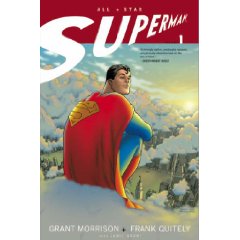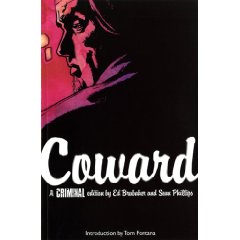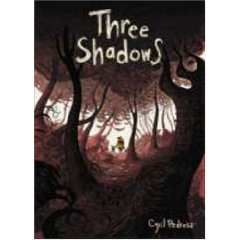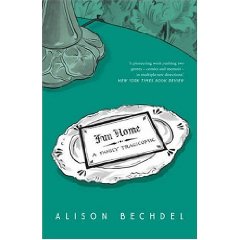
All Star Superman vol. 1
Writer: Grant Morrison
Artist: Frank Quitely
Reviewer: Louise
Like Batman, Superman seems to have been around for ever. Unlike Batman, it’s harder for the casual reader to see how he could be reinvented for the new darker, more self-aware era of comics so perfectly exemplified by “The Dark Knight”. After all, he’s not human. He didn’t have a traumatic childhood. He married the love of his life. Dammit, he’s far too happy to be a modern superhero… or is he?
At this point I must state my own position with regard to comics. I started out by watching the X-Men cartoon series as a kid, found the local comics shop and discovered that the actual books were way more interesting. Graphical storytelling (and yes, I know that sentence qualifies me for Pseud’s Corner, but I hate writing “comic books” lest people think I read the Beano) has been a great hobby of mine for years, but, because I started on Marvel’s output aged twelve, I kind of missed out the DC “classic” universe of heroes, going straight to DC Vertigo when I hit my misunderstood teenage years. (I hope at some point these will end. I’m still waiting.)
I can reel off a shopping list of DC heroes – Superman, Batman, Green Lantern, Wonder Woman, Flash – but ask me for anything other than the basic details and I’m in the dark. They always just seemed too goody-two-shoes when I was younger, and I’ve never really had the time to catch up, not when there are so many interesting “adult” graphic novels out there (Maus, Fun Home, Watchman, From Hell) needing to be devoured.
In “All-Star Superman”, however, Grant Morrison proves both to me and anyone else who happens to be reading that it is possible to do something genuinely new and interesting with Superman by giving him the “million-dollar budget” treatment. The classic example of this, of course, is The Authority, in which the sheer scale of what’s going on – wiping out entire countries, killing “God” – is enough to make the reader’s jaw drop. To make this work, however, the writer has to manage the tricky balancing act between the scale of what’s happening and the humanity of the characters.
Which may be an odd word to apply to Superman, but Morrison manages it very well by [SPOILER… ] setting up a situation from the beginning in which Superman is mortally injured by being over-exposed to solar radiation. Suddenly, like everyone else, he must confront the fact that he will eventually die. This underscores the entire comic, juxtaposing the themes of life and mortality against a world in which Superman can dive into the sun to save a spaceship, create a key to his Fortress of Solitude that only he can lift from the dense matter of a dead star, kiss Lois Lane on the surface of the moon, and play “fetch” with his pet dog Krypto across the entire Milky Way. It really is stunningly good, and made me care about Clark Kent / Superman in a way which no-one else has managed. Suddenly, he’s interesting.
The artwork too is amazing. I could single out something on nearly every page that is worthy of a special mention, but I’ll agree with the introductory notes that Frank Quitely’s treatment of well-meaning, klutzy, baggy-suited, bespectacled Clark Kent should take pride of place. Suddenly, you realise why no-one would ever think this guy was Superman.
The only thing I would say is that if, like me, you’re not au fait with the mythology of Superman, you will probably miss a layer of references and reworkings that the fans will get instantly. Then again, this may not be a bad thing. Comics that rely entirely on in-jokes and in-house references have, by definition, a limited audience of fanboys and fangirls. Having read this without having been a life-long Superman fan, I still enjoyed it.
All that’s left for me to say now is, go read it. If only for the truly brilliant eight-word summing up of Superman’s origins. Really. It’s that good.
Paperback: 160 pages
Publisher: Titan Books Ltd (24 Oct 2008)
ISBN-10: 1845763947




